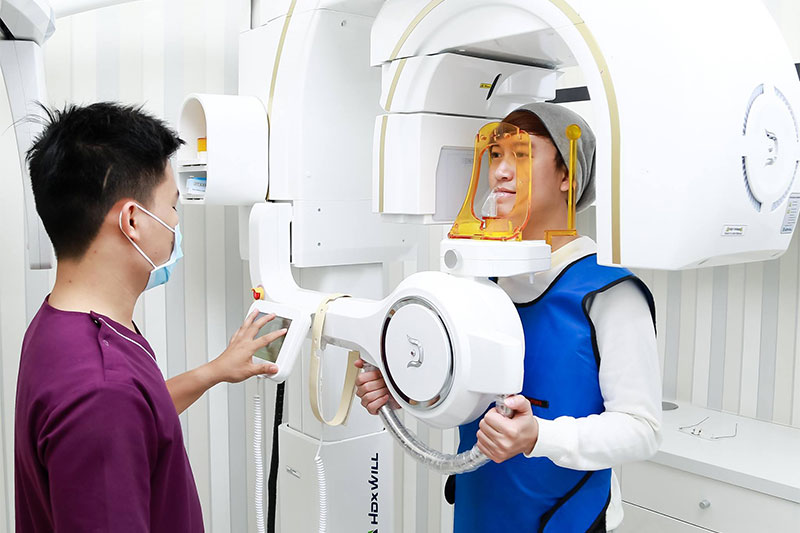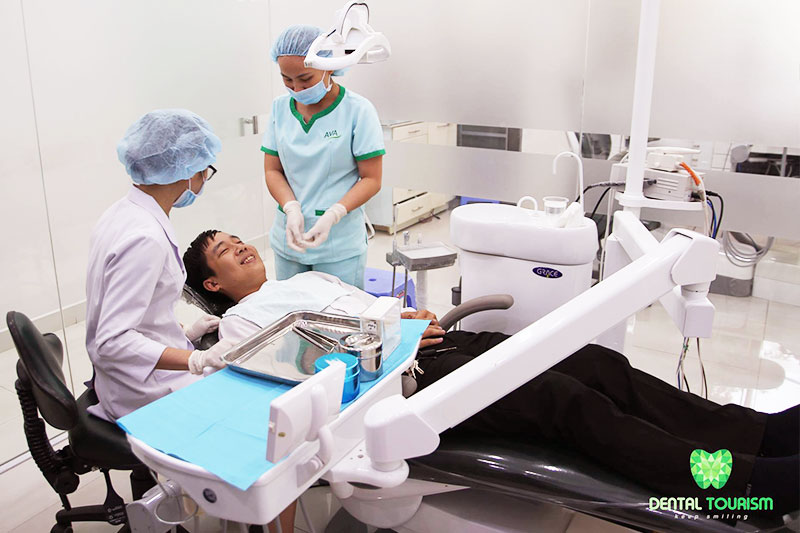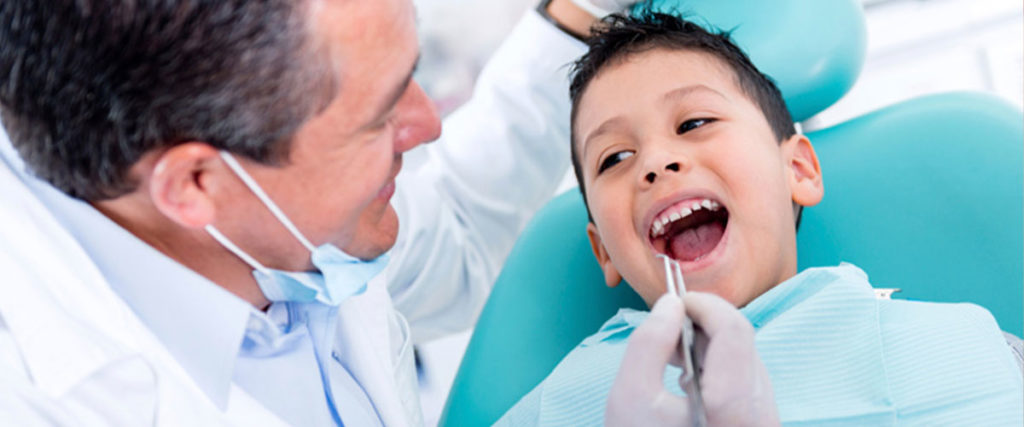When you think of reasons to visit Vietnam, you probably think of pho, straw hats and beaches. Others increasingly think of their teeth, making dental tourism in Vietnam one of the country’s booming sectors.
Medical tourism has been bringing people – and dollars – to Asia for decades. Thailand and South Korea have long enjoyed the fruits of providing medical and cosmetic procedures for travellers who head there thanks to lower prices and high-quality treatments. The new kid on the block is Vietnam – where flocks of tourists are heading – in this case, to visit the dentist.
Each year, roughly 100,000 tourists – mostly Australians, Americans, and New Zealanders – contribute to Vietnam’s USD 150 million dental industry. Launched to create a safer, more seamless process for them, Vietnam Dental Tourism was created in August 2018 as a platform to connect travellers with clinics, provide quality control and give global warranties. Soline Le, project director, talked Hive Life through Vietnam’s medical boom.

Vietnam’s focus on teeth dates back to the 1900s when both men and women dyed their teeth black for beauty. “Teeth have always been a big thing in Vietnam because we have this saying that hair and teeth are humans’ roots,” says Soline. It follows, therefore, that a strong local culture of dentistry exists. “We have everything that’s available in the market in Switzerland. Our dentists are willing to spend and invest a lot in technology. But, the dentist must also be very skilled and experienced.” And there, she thinks, they have an edge. “Our dentists are well-known in their field. Implants are the most difficult treatment, yet the number of implant surgeries our specialists have in a year is over 1,000 – that’s the number of implant clients specialists in the U.S. or New Zealand have in their whole lives. The Vietnamese are known for being hardworking, which means they love learning. It’s common to find dental clinics here open seven days a week for 12 hours, whereas, in the U.S. or Australia, their operation hours are not as long.”

The big draw, however, is the price. “Most patients already know what they need but can’t afford it back at home, so they come here for it,” says Soline. “Vietnam is relatively cheap. Thailand’s treatment rate is double that of Vietnam’s, while Malaysia’s is one and a half times higher.” Travel agencies introduce tourists to dentists – and they’re quickly swayed by prices a quarter of those back home. And it’s here that Vietnam Dental Tourism steps in. Co-founded by a group of dental specialists and tourism experts, its purpose is to introduce quality control. “There are a lot of dental clinics, and the ones with more money can manipulate their SEO, even though they might not be the best. We want to prevent problems by having an official platform that people can trust,” she explains. Currently, Vietnam Dental Tourism is the country’s most extensive network – endorsing 26 clinics across all provinces.

Visitors can book directly via their website – with teeth cleaning starting from USD 15 and popular crown and implant services costing around USD 250 and USD 1,000. Included is a global warranty for overseas clients, whilst patients’ medical records and receipts are stored on the website’s encrypted system, making a digital dental record accessible whenever and wherever post-treatment.
With Vietnam’s dental tourism industry expected to grow by 250% in the next five years, the platform hopes to grow alongside it, endorsing 200 clinics by 2020. “We’re ambitious to awaken the potential prospect of dental tourism by connecting luxury dental healthcare with existing remarkable demand among foreign visitors. We have the vision of becoming the dental tourism hub of the world,” Soline proclaims. And with that, lies plenty of opportunities.




